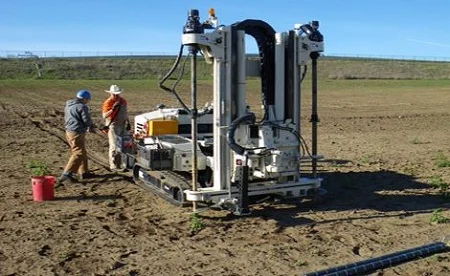Five percent of the electricity consumed in the United States is used to power our water infrastructure.
This includes plumbing, irrigation, water treatment and sewage treatment, according to Bruce Logan, an environmental engineer at Penn State University.

This fact has many researchers asking, “What if we could generate energy from the waste we put down the drain?”
Current technology is capable of using the methane gas produced in the decomposition process to make hydrogen to power a fuel cell. But the ultimate waste-to-energy solution could still be waiting to be discovered in the lab.
Some of the most exciting research in the field is looking for ways to cut out the methane gas middle-man and go straight to the source: microbes. With support from the National Science Foundation (NSF), Logan and his team at Penn State are developing microbial fuel cells to harness the energy produced when bacteria break down organic matter in a wastewater treatment plant.
Here’s how it works: The bacteria eat the organic waste, releasing electrons as a byproduct. The electrons collect on carbon bristles in the fuel cell and flow through a circuit that can power a small fan or light bulb.
The hope is that the microbial fuel cells could generate enough electricity to power a wastewater treatment plant, with energy left over to share with the nearby community.
Logan and his team have already succeeded in making the latest versions of the microbial fuel cells cheaper and more environmentally friendly, and expect the technology to be ready for use in the real world in five to ten years.
Sound too good to be true?
Right now, the small fuel cells do not produce enough electricity to accomplish this; but, by linking the cells together, the power level can be increased enough to make hydrogen. Sounds promising!






